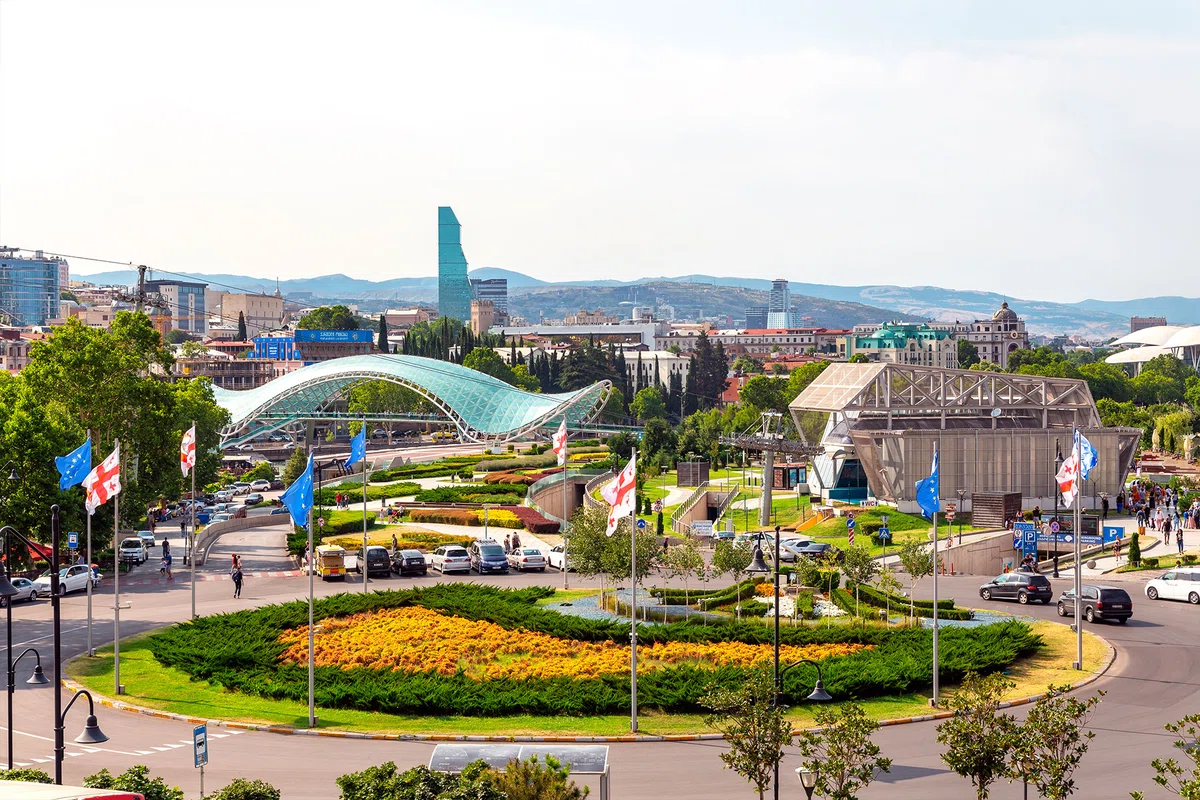
Sights of Georgia in Tbilisi - ten of the most interesting museums that are worth visiting during a trip to Georgia.
Do not deprive yourself of the opportunity to see the most interesting museums of Georgia while in Tbilisi. These include the Museum of Illusions in Tbilisi, modern, with an entertainment program. The National Museum of Georgia - here you can trace the development of the Georgian language - it is quite ancient. Tbilisi Ethnographic Open-air Museum - more than 8000 exhibits, covers an area of 52 hectares...
Visit the most interesting museums in Tbilisi ⬇️
- 1. The Museum of Illusions in Tbilisi - "Don't believe your eyes"
- 2. National Museum of Georgia
- 3. Mose Toidze House Museum
- 4. Memorial house-Museum of Elena Akhvlediani
- 5. Tbilisi Historical Museum
- 6. State Museum of Georgian Literature
- 7. State Museum of Georgian Folk Song and Instruments
- 8. Tbilisi Ethnographic Open-air Museum
- 9. The House-museum of Jacob Nikoladze
- 10. Georgian Palace of Arts
Before traveling to the country of Sakartvelo, it makes sense to plan in advance a visit to a number of sights of Georgia. As soon as you arrive at the place, information about various ancient and cultural monuments will pour over you in a torrent, like a mountain river, of which there are many in these places.
"On the go" to choose to visit the sights of Georgia, it will not be so easy.
Museum of Illusions in Tbilisi - "Don't believe your eyes"
One of the attractions of Georgia is the Museum of Illusions, the history of which began outside this country, namely, in Zagreb, the capital of Croatia. There are a lot of "serious" museums in Georgia where you can get acquainted with history, architecture, culture and folk traditions. Local cultural workers decided to expand the format and create a museum where tourists could have fun.
The experience of other states was used in its construction and equipment. In addition to Croatia, there are similar museums in Austria, Germany, Greece, the USA and a number of other countries of the world. The Museum of Illusions in Tbilisi presents more than 70 exhibits, among which there is an inverted room, various educational projects based on scientific data from the field of psychology, physics, mathematics.
In the traditional sense, the Museum of Illusions can be called, rather, an amusement attraction. The installation is complemented by an entertainment room and a toy store where you can buy various souvenirs. The museum was built in 2019, and at the same time it opened its doors to visitors. There is a Museum of Illusions on Betlemi Street, near the Metekhi Bridge.
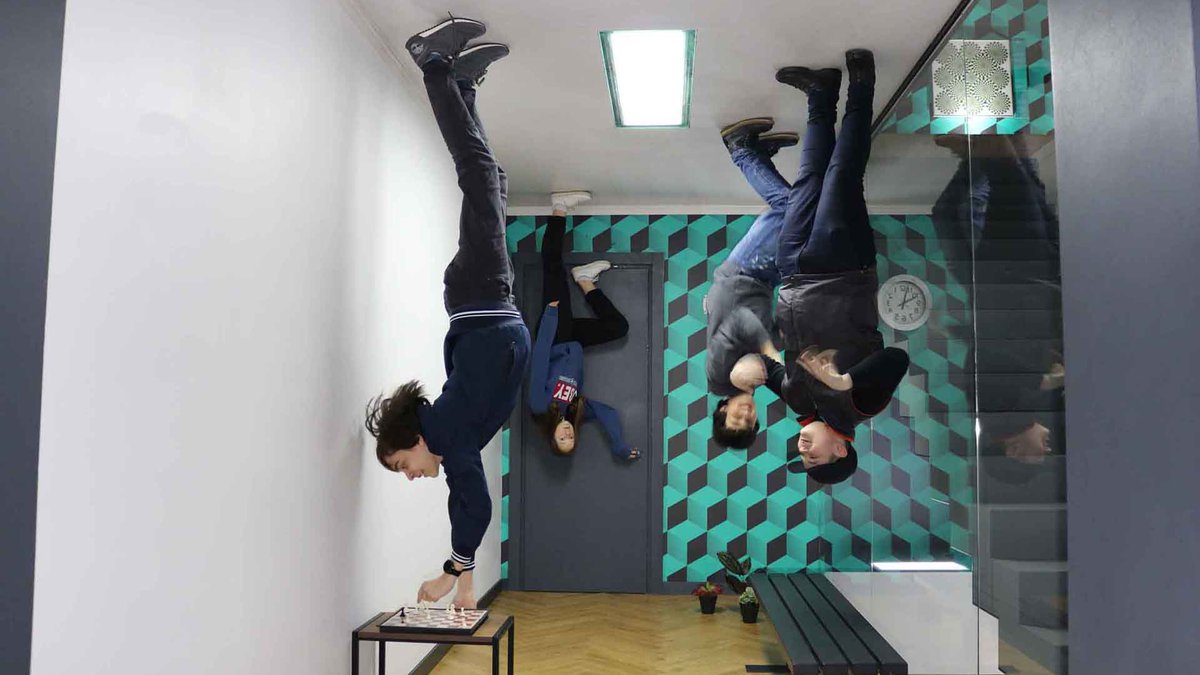
National Museum of Georgia
The National Museum of Georgia is located a five-minute walk from the metro station, on Freedom Square. After getting acquainted with the installation of the museum, you will immerse yourself in the history of culture and traditions of the Georgian people. Among the exhibits on display at the National Museum of Georgia, you can see very ancient artifacts found on the territory of this country, the time of manufacture of which dates back to the III-II centuries BC. It is likely that this museum will be of particular interest to numismatists - here you can see ancient coins from different countries.
In the installation of the Georgian National Museum there are objects that can be traced to the emergence and development of the Georgian language. As is known from history, it took place in three stages, each of which transformed and complemented the Georgian language, to one degree or another.
The National Museum of Georgia was founded in 2004 and is a kind of management body that has united several cultural objects of this type, located not only in Tbilisi, into a museum network.Under his patronage there are 14 more cultural objects of a similar plan.
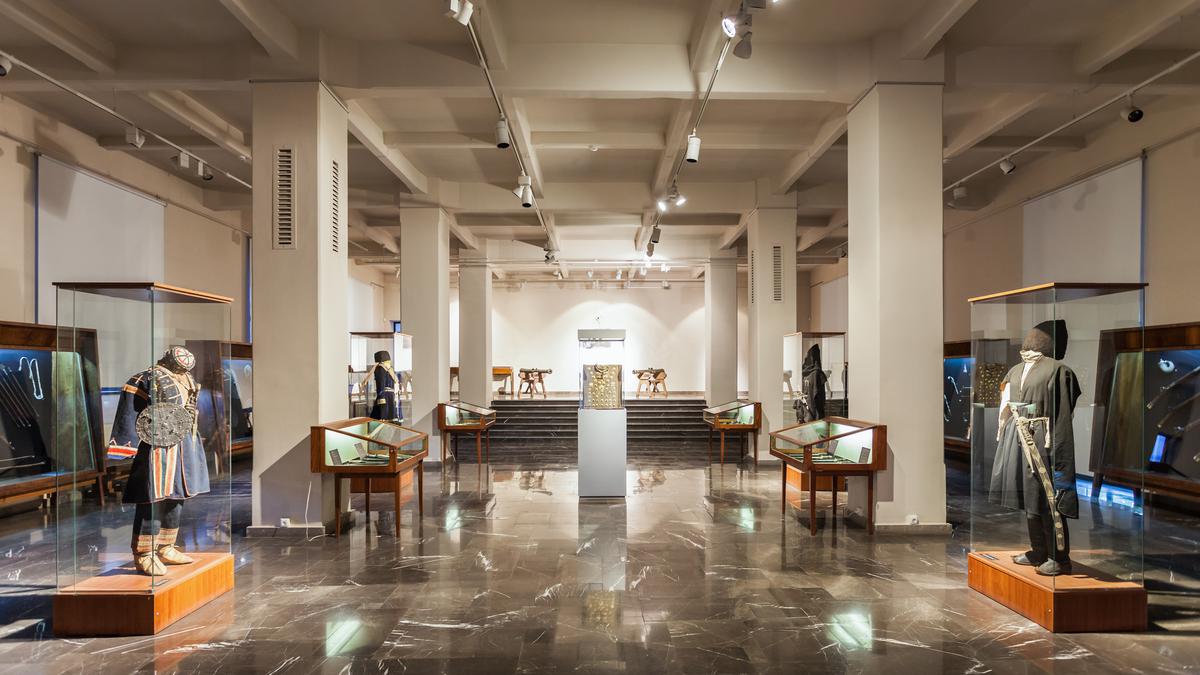
Mose Toidze House Museum
Moisei Ivanovich Toidze is a Soviet artist. Despite the fact that some documents mention his belonging exclusively to the USSR, he was born long before the revolution, in 1871. At the same time, he graduated from the Imperial Academy of Arts.
Toidze was a student of the workshop of Academician Ilya Yefimovich Repin. Moisey Ivanovich Toidze participated in an underground organization before the revolution. Then he was engaged in the development of painting in the USSR. Already in 1917, he became the organizer of the National School-Studio of Painting. Paying tribute to him, the descendants organized a museum of the same name in Georgia.
In addition to the works of the artist himself, the Mose Toidze Museum houses various archival documents, letters and publications of theatrical figures and cinematographers, which can be found here. One of the students of Mose Toidze was his son Irakli. He is the author of the famous poster "Motherland calls!".
Mose Toidze House Museum is a 15-minute walk from Freedom Square Metro Station. The installation presents more than 130 unique exhibits, one way or another related to the activities of a talented artist who left a noticeable mark in the history of Georgian painting.
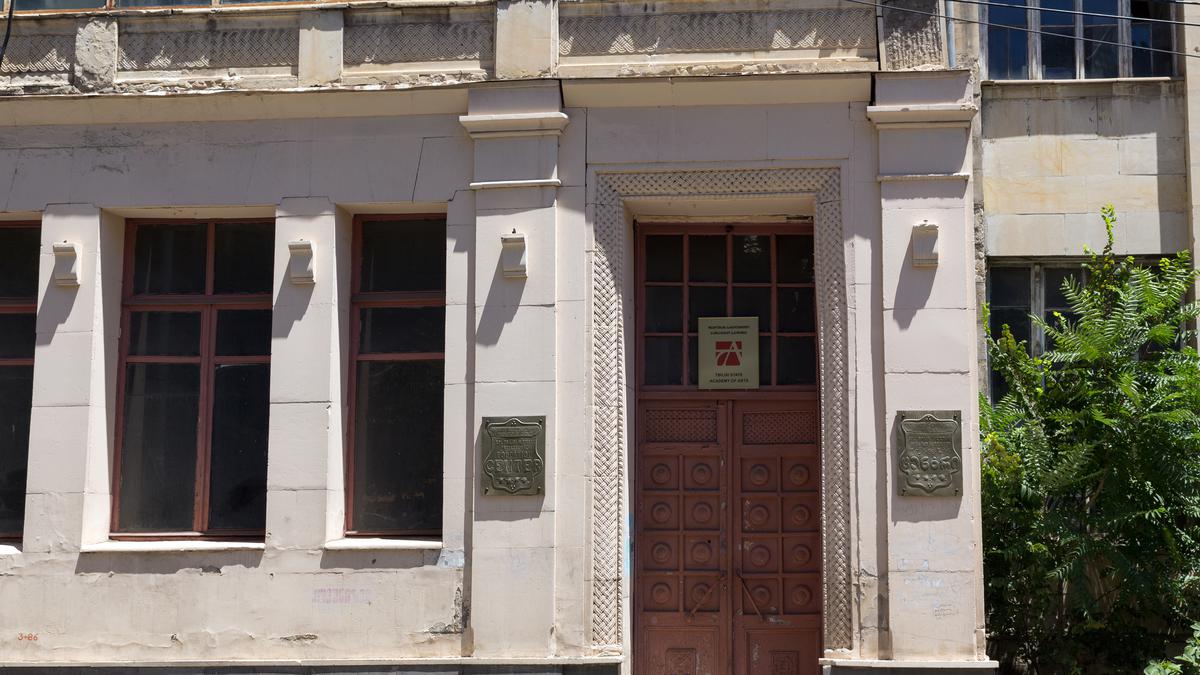
Memorial House-Museum of Elena Akhvlediani
The works of the Georgian artist Elena Akhvlediani were famous not only in the USSR, but also abroad. She was born in 1901, in the family of a doctor. Elena's parents predicted a career as a musician, but were forced to put up with her desire to become an artist. The life story of Elena Akhvlediani, for the post-revolutionary USSR, can be called, in some way, unique.
After completing her first year at the Tbilisi Academy of Arts, Elena Akhvlediani, who showed talents in the field of fine arts, was sent to study in France and Italy, on the ticket of the "party and government". After studying in Paris for three years, she returned to the USSR, where she organized personal exhibitions.
However, Elena Akhvlediani had some fame abroad - she took part in exhibitions of young artists in Italy and France. According to one version, her work has been criticized. However, there is no exact confirmation of this.
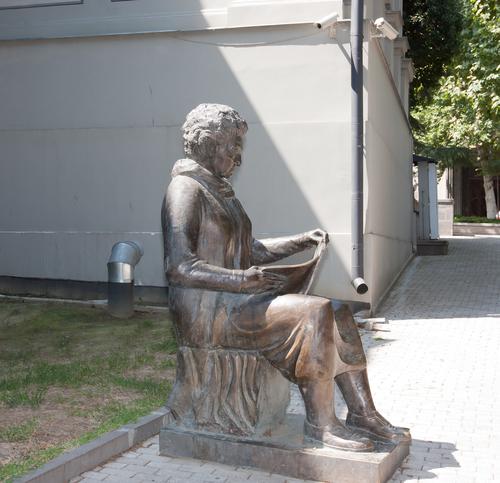
After returning to her homeland, Elena worked as a designer in a number of theaters. She is considered a talented landscape painter. According to a number of critics, Elena Akhvlediani's work had its own pronounced style, color and compositional clarity. Her brush belongs to such works as "In the mountains of Mingrelia", "Imereti", "The surroundings of Passanauri". She was especially good at paintings depicting the winter season. A number of her works reflect the time when Elena Akhvlediani studied and lived in Paris.
The historical and heroic system of the Great Patriotic War is also present in her paintings. One of them is "L. P. Beria organizes the defense of the Caucasus at the Klukhor Pass", dedicated to the defenders of the North Caucasus from the Nazi invaders.
The house-Museum of Elena Akhvlediani is currently a cultural and historical object, in the installation of which more than three thousand different exhibits are presented. According to them, one can trace the path of development of Elena Akhvlediani as an artist, and in general get acquainted with everyday life and life in the USSR. Cervantes, Hugo, Longfellow - some of the works of these authors published in the USSR are supplemented with illustrations created by Elena Akhvlediani. The house-museum of the artist was established in 1976, almost immediately after her death, on December 30, 1975. It is located on Lev Kiacheli Street, a 15-minute walk from Rustaveli metro Station.
Tbilisi Historical Museum
At the beginning of the XIX century, travelers and merchants stayed in the building where the Tbilisi Historical Museum is now located. And in 1850 it was here that Alexander II visited. However, in those days he was not yet an emperor. The Artsruni caravanserai was erected in 1818. Later it was rebuilt, redone and restored several times.
The Museum of the History of Tbilisi appeared here in 1910. Now it is located on three floors of the building. If you visit the Tbilisi Historical Museum, you will have a chance to learn something new about the sights of Georgia. Additionally, almost the entire first floor of the museum is occupied by shops where souvenir products are sold - here almost every tourist finds something interesting for himself.
The second floor of the museum is occupied by exhibits that relate to the XIX century. Here you can see models of houses that were once built in Tbilisi, look at household items - dishes and furniture of those years. You can get acquainted with the history of the national Georgian costume in the part where the clothes are displayed. In total, the museum has about 50 thousand different exhibits. The second floor is occupied by a permanent exhibition. The third floor is reserved for various exhibitions and presentations.
The last time the building of the Tbilisi Historical Museum underwent a detailed restoration was in the mid-80s of the last century. Since then, the museum has been renamed in honor of Iosif Grishashvili, a Georgian poet. And in 2004 it became part of the Georgian National Museum. Its building is located near the Sioni Cathedral, on the street of the same name.

State Museum of Georgian Literature

Despite the name, which contains the word "literature", it is worth admitting that it does not fully reflect the content of this museum. In the State Museum of Georgian Literature, tourists and travelers who are interested in the sights of Georgia will be able to see not only ancient manuscripts and historical texts.
In addition to sculptures, various audio and video recordings, the exposition of the State Museum of Georgian Literature is represented by a number of paintings, drawings and more than 30 thousand photographs of different shooting times.
The museum has its own publishing department. In addition to booklets and posters, the specialists of the department are engaged in translations. The museum also has its own printed periodical - the almanac "Chronicle of Literature".
The history of the museum began in 1929, and it opened in 1930. It has been renamed several times before our time. At this time, it is named in honor of Georgy Leonidze, who took an active part in the creation of the exhibition.
The nearest metro station to the museum is Freedom Square.
State Museum of Georgian Folk Song and Instruments
A song occupies a huge layer in Georgian culture. Folk songs are passed down from generation to generation and some of them are still performed, one might say, in their original form. The foundation date of the Museum of Georgian Folk Songs and Instruments is 1975. However, in those days it was called differently and was later renamed twice. It was called “Museum of Folk Instruments” and “Museum of Folk Music and Musical Instruments".
Of particular interest in this museum is a number of exhibits - musical instruments: bagpipes, pipes, salamuri, chiboni, the cases of which are decorated with inlaid gold and precious stones. Each instrument has its own unique history and belongs to a specific region of Georgia - Gori, Adjara, Svaneti.
No less interesting is the department in which the exposition of polyphonic singing is presented. It contains many recordings of various works performed by choirs and solo performers.
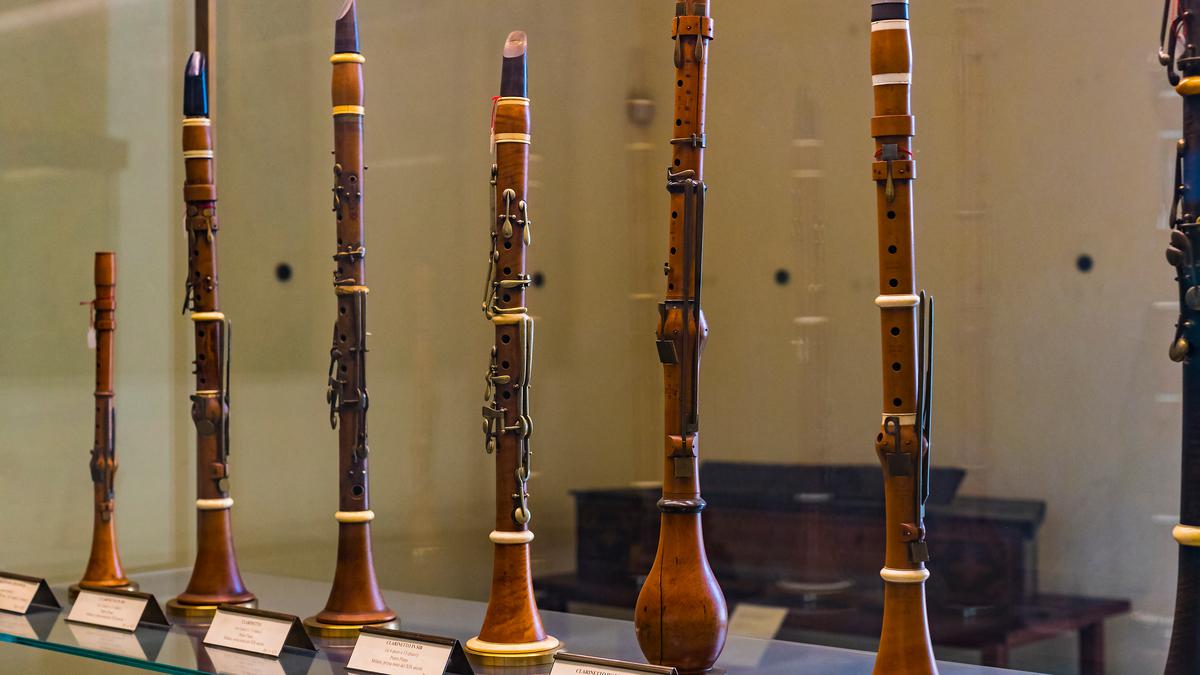
Tbilisi Open-Air Ethnographic Museum
Locals claim that this museum is the first in the world and the only one located and successfully functioning in the open air. Various sights of Georgia are collected here, about 8 thousand exhibits. The 52 hectares on which the Tbilisi Ethnographic Museum is located are divided into 11 zones.
Unique exhibits are represented by various buildings, among which there are wineries and forges, residential buildings that were built by the local population at one time or another, watchtowers from different regions of the country. The Christian basilica, whose construction dates back to the VI century, as well as the sarcophagus-tomb of the same era, may be of particular interest to lovers of antiquity.
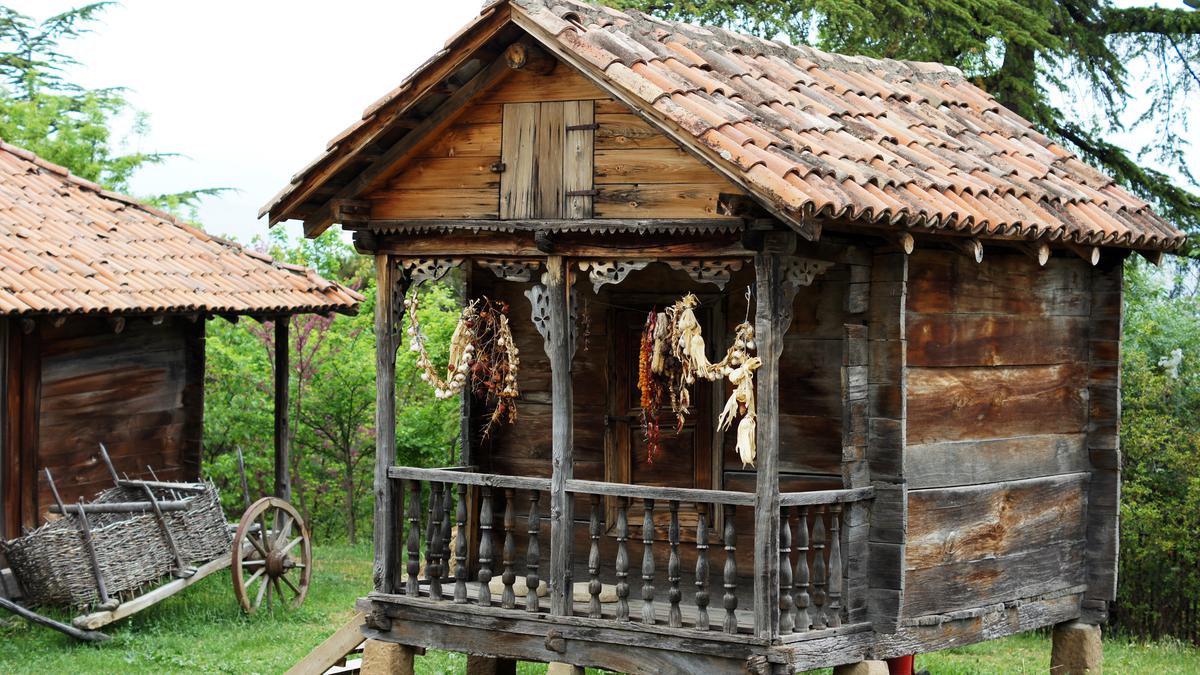
Jacob Nikoladze House Museum
Georgia is famous not only for its artists, poets and writers. You can get acquainted with the development of the school of Georgian sculpture by visiting the Yakob Nikoladze House Museum. The master of Georgian sculpture has been creating since the 20s of the last century.
At the moment, more than a hundred exhibits are on public display in the house museum. Jakob Nikoladze studied in France. Returning to Georgia, already during the existence of the USSR, he made a huge contribution to Georgian culture. Yakob Nikoladze is one of the organizers and founders of the Tbilisi Art Academy.
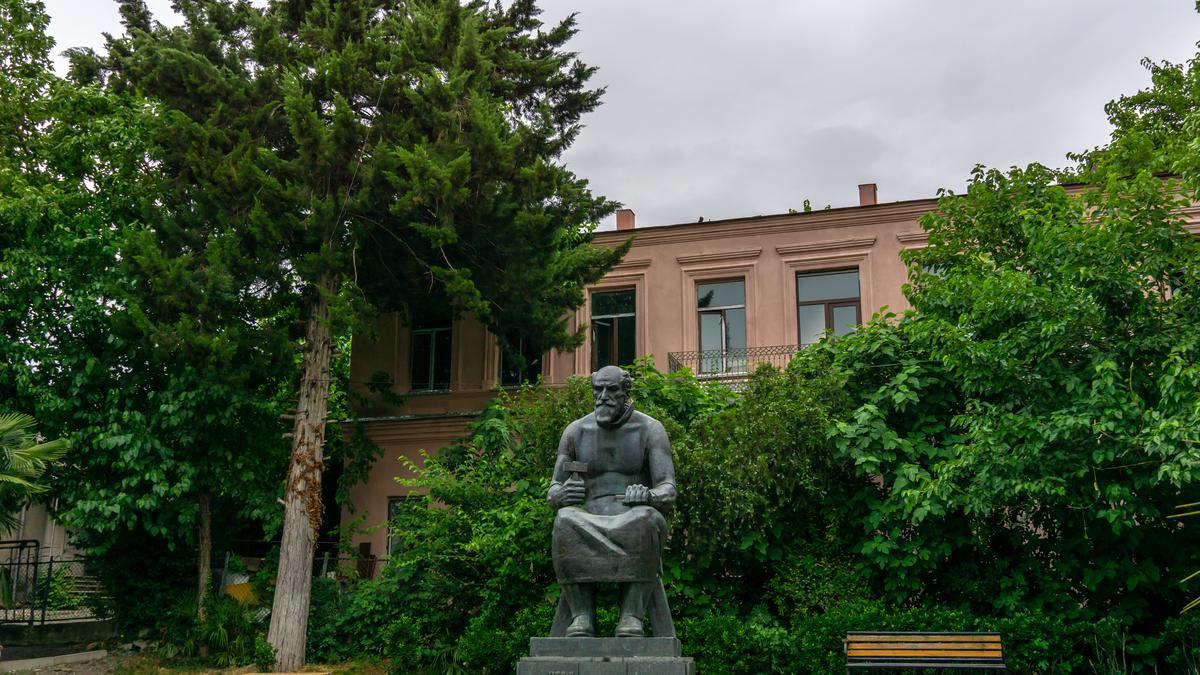
Georgian Palace of Arts
The Georgian Palace of Arts closes our peculiar rating of museums. Despite the fact that it turned out to be on the 10th place of the list, it can rightfully be placed on one of the first three places - the museum's exposition is very wide and diverse. The depository of sculptures, manuscripts and archival documents, fine arts, photos and negatives - the list is far from complete.
The history of the building itself, in which the museum is located, is of interest. In the XIX century, the German Prince Konstantin of Oldenburg visited Georgia. At one of the social events, he met and was fascinated by the beauty of the wife of the Georgian Prince Didiani, Agrafina Japaridze.
The marital status did not bother the prince at all and he confessed his love to her. However, the Princess reciprocated him, after which they went to Tbilisi together. The building of the future museum is the former house of the Prince of Oldenburg, which he built for Agrafina Japaridze.
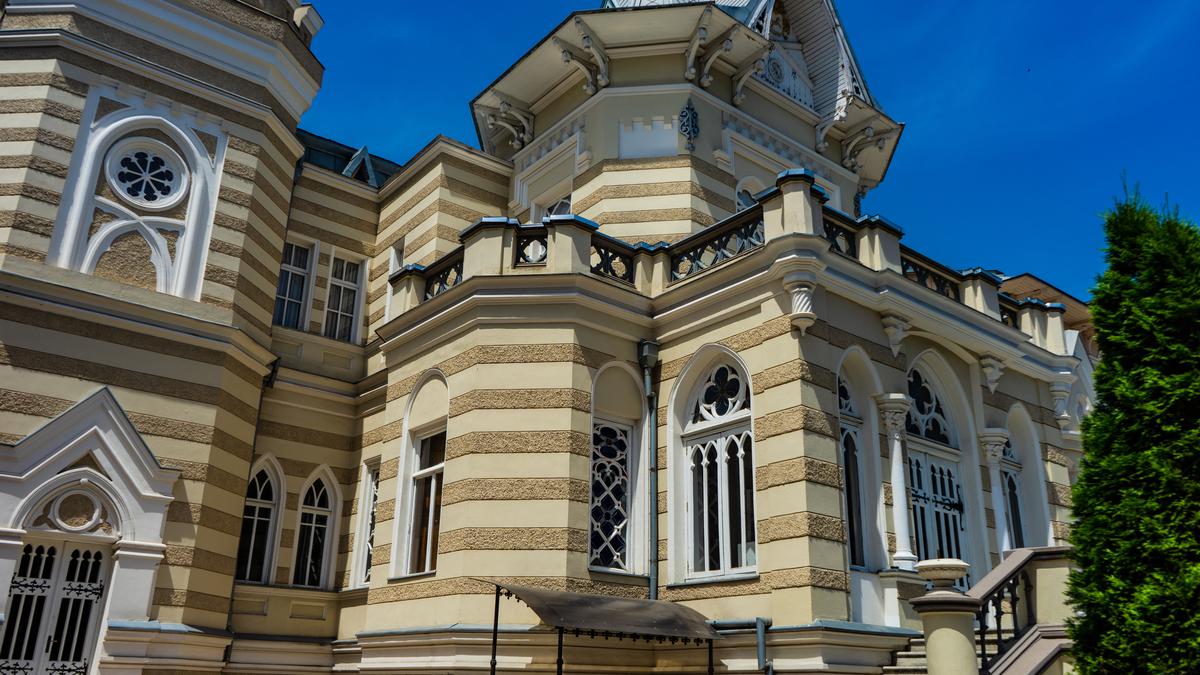





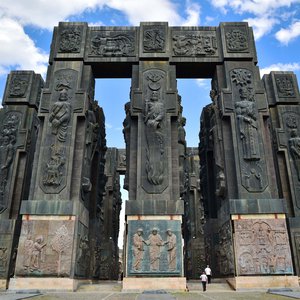








37 comments
Log in to leave a comment
развлекательно-познавательного характера.Любопытно будет посмотреть и испытать на себе загадочные иллюзионные трюки.Вообщем встрях-
нуть свой мозг можно здесь.Впечатлений и разговоров будет предостаточно после посещения этого необычного музея.